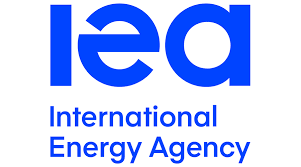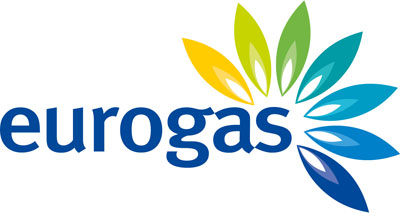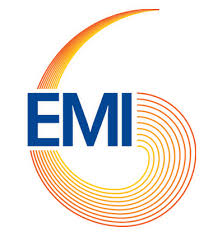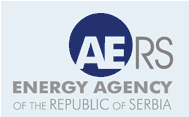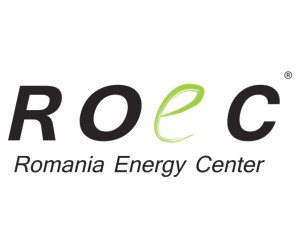In late August, IENE sent to its members the latest issue of its monthly analysis (July-August 2017 No. 241), which focuses on the new technical standards for large combustion plants, the so-called "LCP BREF”, adopted on April 28, 2017. This decision sets out the best available techniques for controlling pollution to air, water and soil, as well as the emission limits that must be achieved by applying these techniques. However, the first indications of such a decision are negative for all SEE countries that have based their policy on new planned coal-fired power plants (see Table).
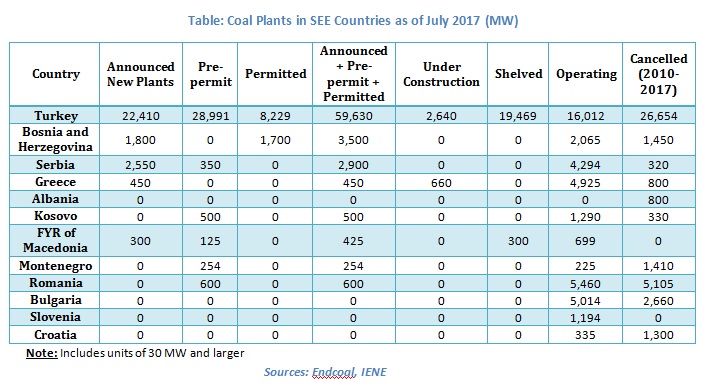
Furthermore, almost none of the states in the Western Balkans can meet the new, stricter EU pollution standards according to an analysis prepared by CEE Bankwatch[1].
For plants where environmental permits have not yet been issued or need to be changed or updated, the permits should be aligned to the new LCP BREF in order to increase investor certainty and avoid the need for expensive retrofits later on. As a general rule, it is allowed to set tighter permitting conditions than national legislation stipulates, so this should not cause any legal issues. For those plants where environmental permits have already been issued, it is highly recommended that the ministries in charge of energy sector investment warn the investors about the new standards and that the ministries responsible for the environment make changes in permits where it is still possible (i.e. where plant design is still being finalised and construction has not yet begun). In addition, IENE's monthly analysis cites data from its recently published "SE Europe Energy Outlook 2016/2017” study about CO2 emissions in SE Europe as well as the use of solid fuels as a component of gross inland energy consumption.
IENE’s latest analysis highlights the significant hurdles now facing power generating companies across SE Europe as they are trying to reconcile optimum utilisation of indigenous energy assets, such as lignite, with the need to harmonise their operation in accordance with EU’s stricter environmental requirements. In the long run, large electricity utilities in the SEE region will have no choice but to phase out coal-fired power plants by switching to natural gas, nuclear and renewables.
[1] CEE Bankwatch (2017), "Planned coal power plants in the Western Balkans versus EU pollution standards”, https://bankwatch.org/sites/default/files/BREF-Balkan-coal-14Jun2017.pdf

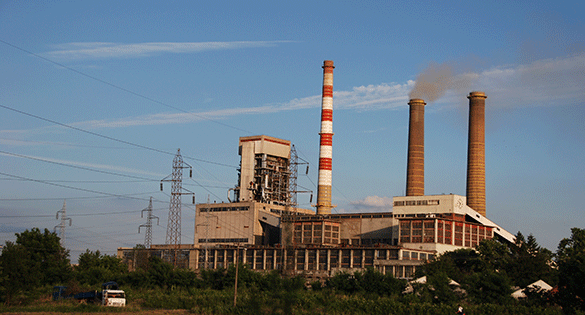 In late August, IENE sent to its members the latest issue of its monthly analysis (July-August 2017 No. 241), which focuses on the new technical standards for large combustion plants, the so-called “LCP BREF”, adopted on April 28, 2017
In late August, IENE sent to its members the latest issue of its monthly analysis (July-August 2017 No. 241), which focuses on the new technical standards for large combustion plants, the so-called “LCP BREF”, adopted on April 28, 2017
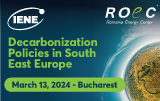

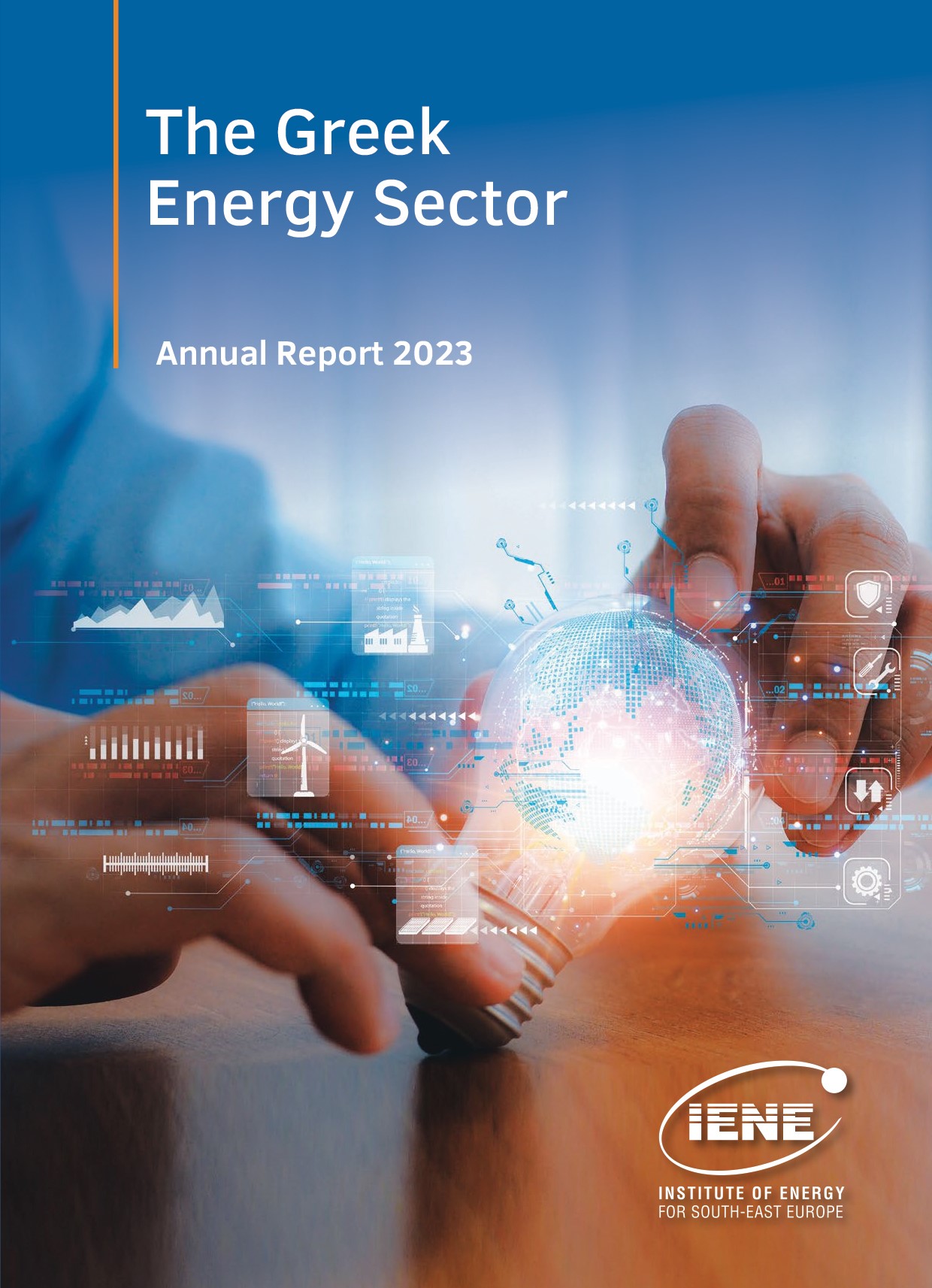

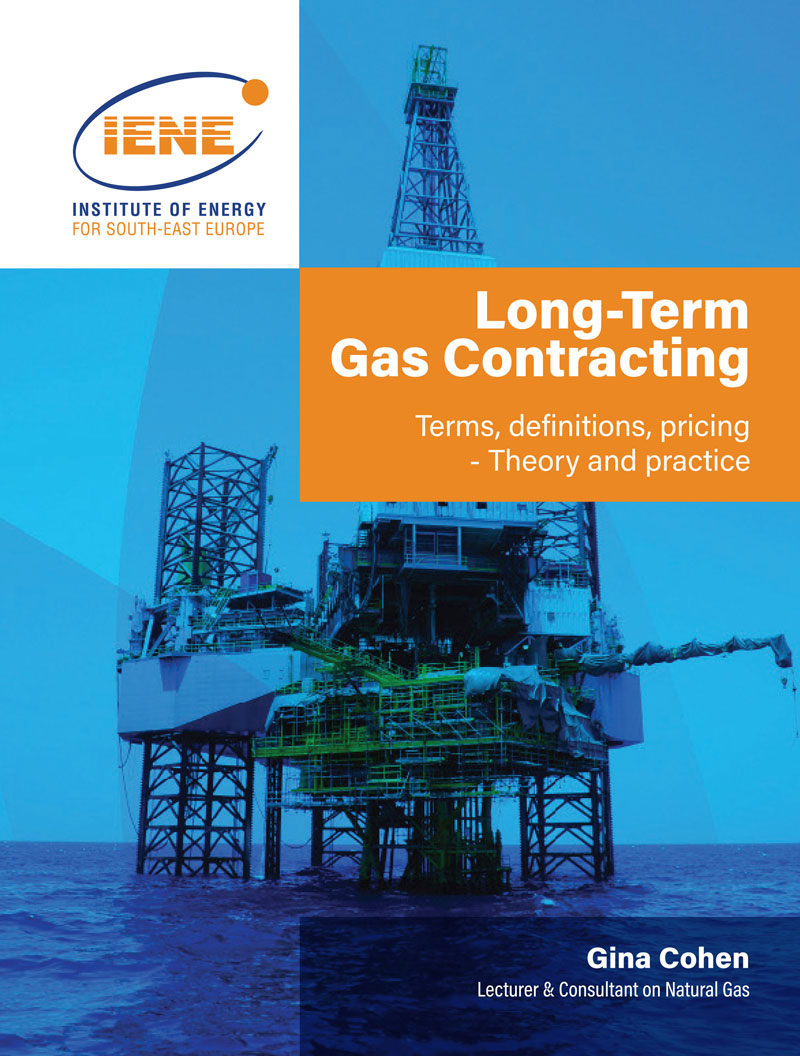 More
More
